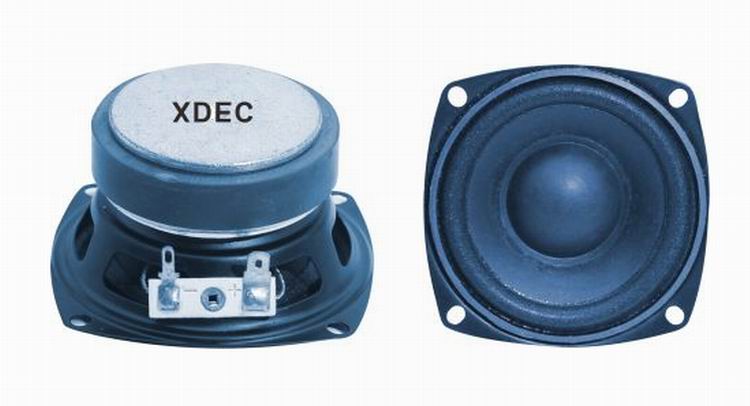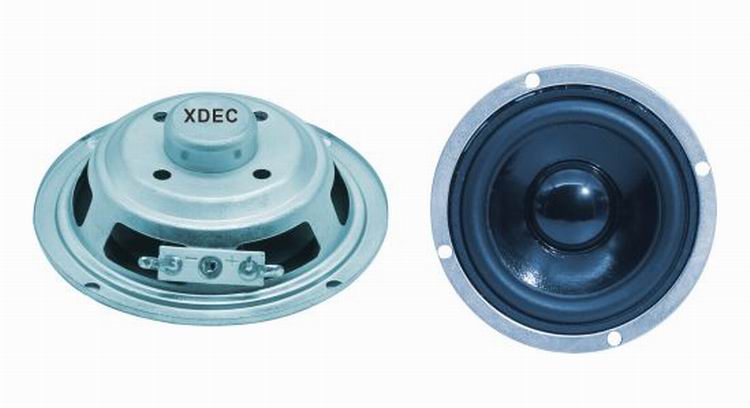Every bar, performance, and small venue always has an appeal. You can see fashionable seats, graffiti-washed toilets, and folk art works, all of which will be presented from the stage background in the music performance. However, they create an interference trap for users of wireless audio.
Whether you're a sound engineer in a touring band with wireless equipment or an engineer who wants to design a reliable, undisturbed venue, you have to keep a close eye on these common and negligible RF phenomena.
1. Amplifier and personal tuning equipment
Personal monitor receivers, which have recently become popular in the band, are well known for the fact that dirty power supply originals emit harmful radio frequencies.
Other common devices, such as guitar amps and guitar/bass amps, are also a source of radio interference because they are not prone to failure or unreasonable design. Because these devices are used on the stage, it is very convenient for them to affect the wireless transmitter and the wearer's pocket monitor receiver.
2. Neon billboard
Nothing is more likely to cause late-night frequency congestion than bars. The fancy neon tube is decorated with walls that illuminate the brand of beer that has expired. The high voltage current of the neon tube can excite the atoms of the sealed inert gas. Each neon signboard is equipped with a transformer that can increase the line voltage to 15,000V. These transformers, especially old ones, are often prone to failure. But sometimes the electrodes of the billboard will form an arc on the condensed mercury beads or at the edge of the tube, causing broadband RF interference. These interferences can only be avoided by unplugging the billboard.
3.LED stage light
Four-story video walls are rarely seen in small venues today, but LED lighting is almost everywhere. Due to the versatile set of effects, DMX-controlled LED luminaires are used in a wide range of applications. It produces discoloration, rotation and other effects, as well as a large number of radio waves. Because theater LED lighting is indispensable in theatrical performances, it is impractical to turn them off completely. Therefore, high gain directional antennas are often used to suppress LED interference, allowing the viewer to focus on the performer.
4. Close to the place
Whether in dense urban areas or in buildings/houses shared by contemporary churches and corporate parks, it is not uncommon for people in other locations to use wireless audio equipment to interfere with nearby areas. If possible, it's best to find people around you, track their frequency, and make sure you don't "offend" each other. However, this method is not practical. Another method is to use a near-field antenna like an RF spotlight to block the input frequency.
5. Intermodulation
Let us wait and see that there will be an article explaining intermodulation in detail shortly. In short, intermodulation distortion is inevitable to generate unwanted radio frequencies through the interaction of two or more transmitters. The correct setting of the multi-channel system must use a frequency coordination scheme to estimate the location of the intermodulation products. Professional wireless Internet authentication services are popular, such as plug-in removal software.
6. Film crew
The local news station passed by to do the cover show? That has to be careful. The crew was named for destroying the carefully set frequency set. They not only carry unlimited microphones for their own use, but also usually use wireless video connections. Handheld video monitors and camera connections that transmit information to the car consume a large amount of spectrum. There is also an increasingly popular technology called cellular bundling that can transmit live video footage to the studio, occupying almost every common frequency band that can be found.
7. Power pole leakage of power poles
The grid transformer is used to compress a large amount of electrical energy to a voltage of 110/20 60 Hz A/C that can be watched. Many leaks come from coils of wire soaked in a large amount of inert gas. Sometimes they only leak RF energy as a by-product of a pressure swing accident. A simple transformer has a very high RF capability and can penetrate the walls of the site even after hundreds of feet. Of course, if you are sure that it is the cause of the power transformer, please stay away from it.
8. Wireless application protocols and routers
WIFI wireless application protocols and routers can only cause concern with a 2.4 Hz wireless microphone. In some places, such as hotels, they are quite powerful and can cause great damage to the 2.4 system.
9. Mysterious source
It is impossible for us to exhaust all possible sources of interference in an article, and all powered devices can cause harmful radio interference. Sometimes, when you eliminate all common suspicious sources, the only thing you have to do is try to find the source of the interference and then track them.
3"~5" speaker (76~128mm)
1)3" Speaker 78Mm Speaker
2)3.5" Speaker 89Mm Speaker
3)3.6" Speaker 91Mm Speaker
4)4" Speaker 102Mm Speaker
5)5" speaker 128mm speaker


FAQ
Q1. What is the MOQ?
XDEC: 2000pcs for one model.
Q2. What is the delivery lead time?
XDEC: 15 days for normal orders, 10 days for urgent orders.
Q3. What are the payment methods?
XDEC: T/T, PayPal, Western Union, Money Gram.
Q4. Can you offer samples for testing?
XDEC: Yes, we offer free samples.
Q5. How soon can you send samples?
XDEC: We can send samples in 3-5 days.
3"~5" Speaker 76~128mm
3" Speaker 78Mm Speaker,3.5" Speaker 89Mm Speaker,3.6" Speaker 91Mm Speaker,4" Speaker 102Mm Speaker
Shenzhen Xuanda Electronics Co., Ltd. , https://www.xdecspeaker.com
